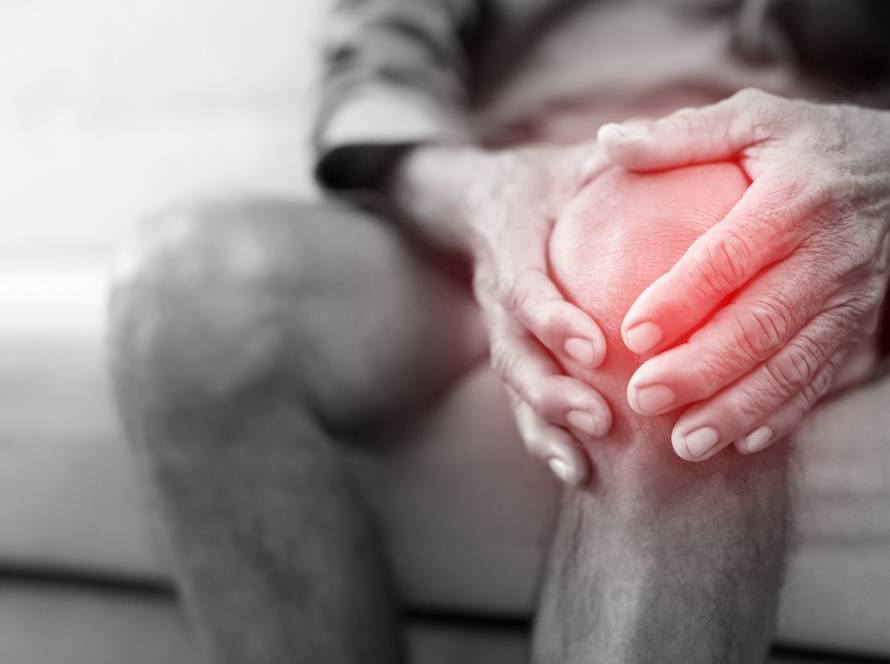Regular exercise delivers remarkable results. Our muscle strength can double and our aerobic capacity can jump by 20-30%, regardless of age. Physical activity works its magic on almost every system in our body and plays a crucial role in healthy aging.
This piece will show exactly which exercises can add quality years to your life. Discover the simple, proven and best exercises for longevity. We’ll also guide you through practical ways to work these exercises into your daily routine.
Understanding exercise and longevity
Scientific research shows an amazing link between regular exercise and living longer. Studies prove that men who exercise regularly can gain about two hours of life expectancy for each hour of exercise. Research shows people who follow basic physical activity guidelines cut their risk of early death by up to 21%.
How exercise affects aging
Exercise works as a powerful anti-aging tool right at the cellular level. Regular physical activity affects nine major hallmarks of aging, including genomic stability, telomere length and cellular senescence. Studies show aerobic exercise makes DNA repair mechanisms better and cuts DNA damage by up to 77%.
Exercise helps curb age related muscle loss (sarcopenia) that affects over 10% of people above 60 years.
Key biological mechanisms
Exercise triggers remarkable changes in our bodies at the molecular level. Regular physical activity makes mitochondrial function better, improves insulin sensitivity and helps produce proteins that protect our DNA. Endurance training boosts the expression of mitochondrial proteins and DNA, which leads to better cellular energy production.
Exercise makes the body release helpful compounds called myokines that fight inflammation and support immune function. Aerobic activities reduce DNA damage markers and positively affect telomere length in blood cells.
Optimal exercise duration
A study shows that to gain substantial health benefits, adults should get at least 150 minutes (2 hours and 30 minutes) of moderate intensity exercise per week. Other research show that replacing 30 minutes of sedentary time with light activity is associated with a 14% reduced risk of mortality.
On the other hand, studies also show that exercising more than 10 hours per week might reduce these health advantages.
Exercise affects longevity through multiple pathways and touches almost every part of our physiology. Regular physical activity stands as one of our best tools to extend both lifespan and healthspan, from making our heart stronger to keeping our brain healthier.
Science behind longevity training
New research shows amazing details about how exercise helps us live longer. A complete study of more than 80,000 adults aged 65 and older found that strength training twice weekly plus 2.5 hours of aerobic exercise reduced mortality risk by 30%.
Research findings
The largest longitudinal studies show that active people who exercise regularly cut their risk of death by 30% to 35%. People who exercise at a moderate level add between 0.4 to 6.9 years to their life.
A newer study, published in Circulation, showed that doing two to four times more than the basic vigorous exercise recommendations led to much lower cardiovascular disease deaths.
Impact on cellular health
Exercise creates big changes at the molecular level that affect almost every part of our body. Long term physical activity changes RNA, proteins and metabolites in many organs. These changes help control immune system function and improve how our body handles stress.
Inside our cells powerhouses, exercise induces autophagy and mitophagy in skeletal muscle. According to a study, this cleanup starts within 6 hours after exercise through a biochemical chain reaction with AMPK and Ulk1 kinases. The process works like replacing old parts in a car, exercise swaps out old, broken cellular parts for healthy new ones.
Strength training shows particularly good results for cell health. This training makes bones stronger, keeps blood sugar steady and improves overall metabolic health.
Simple movements that extend life
Simple movements can add years to your life. Research shows that adding physical activities to your daily routine leads to a longer lifespan.
Walking and its benefits
Walking is one of the best ways to live longer. It lowers your risk of heart diseases, type 2 diabetes, cognitive issues and dementia.
We should walk 150-300 minutes at a moderate pace every week. A brisk 30 minute walk five days a week reduces age related diseases.
Basic strength exercises
Strength training is a vital part of living longer. Adults who do strength exercises twice a week show a 30% reduction in mortality risk. Simple strength movements include:
- Lifting weights;
- Using resistance bands;
- Performing bodyweight exercises like push-ups;
- Engaging in household activities like gardening.
These exercises help curb muscle loss by helping muscles repair and grow. Strength training also builds stronger bones. Studies show that men with low bone density improved their condition by doing resistance training twice weekly.
Balance training fundamentals
Balance training is crucial for longevity, though many people overlook it. Research shows that people who can’t balance on one leg for 10 seconds have almost twice the risk of early death. This test becomes more important after 50 when balance starts to decline.
Balance gets worse because of several factors that affect vision, inner ear balance and muscle strength. Regular practice helps these systems work better. Activities like tai chi or daily balance exercises improve stability and lower your risk of falling.
Regular walking, strength training and balance exercises create the foundation for a longer life. Each type of movement helps your health in its own way, working together to improve your quality of life and add years to your lifespan.
Building an effective exercise routine
A well planned exercise routine needs careful thought and understanding of core principles. Dr. Peter Attia, a physician specializing in longevity research, shows that exercise can affect your lifespan more than other lifestyle choices.
Starting with simple steps
The Centers for Disease Control and Prevention suggests 150 minutes of moderate intensity physical activity among two days of strength training each week. Seeing the best results by splitting your exercise time equally between strength training and cardio.
Here’s a quick way to begin:
- 25 minutes of aerobic exercise (treadmill, cycling, swimming);
- 25 minutes of strength training using dumbbells or bodyweight exercises;
- 10 minutes of mobility and stability work.
Progressive overload
Progressive overload is the life blood of continuous improvement. This method asks you to gradually increase training stimulus beyond what your body knows. You can do this by:
- Adding more weight;
- Making workouts longer;
- Pushing exercise intensity higher;
- Doing more repetitions.
Research shows people who go from zero exercise to just 2.5 hours per week of moderate activity reduces all-cause mortality by 19%.
Recovery importance
Recovery matters just as much as the workouts. Your body repairs muscle damage and grows stronger during rest periods. A good recovery plan needs several key pieces:
Quality sleep comes first, aim for 8 hours each night to help muscle repair and balance hormones. Next, focus on nutrition by eating the right macronutrients, proteins, carbohydrates and fats, which support muscle recovery.
Without doubt, staying hydrated plays a vital role in recovery. It helps move nutrients through your body and clears waste from muscles after workouts. Eating anti-inflammatory foods like berries, leafy greens and fatty fish can reduce exercise induced inflammation.
Good form, steady progression and proper recovery will help you build an eco-friendly routine that improves longevity rather than hurting it.
Combining different exercise types
The perfect mix of different exercises helps you live longer. Research shows that combining various physical activities gives you the best results for a longer life.
Cardio and strength balance
The best approach splits your exercise time equally between strength training and cardiovascular activities. Your weekly workout schedule should be half strength training and half cardio. During cardio workouts, keep 80% at a pace where you can still chat and 20% at high intensity.
This powerful combination boosts heart health, muscle strength and how your body processes energy.
Flexibility work
Flexibility exercises are vital for living longer, alongside cardio and strength training. Studies show flexibility declines about 5-7 degrees per decade in older adults aged 55-86, with an accelerated decline starting around age 63-71. The good news are that just five minutes static stretching per day, at least 5 days per week, can improve range of motion.
The best way to stay flexible:
- Work on it two to three times weekly;
- Focus on all major muscle groups;
- Keep each stretch for 30 seconds;
- Do it when your body is warm.
The key lies in staying consistent rather than perfect. Small steps that gradually increase your activity level make a big difference. Every extra bit of movement helps you live longer.
Longevity-focused exercise doesn’t need complex routines or expensive equipment. Regular walking, strength training twice a week and daily balance exercises can reduce mortality risk by a lot while improving quality of life. These simple yet effective movements, done consistently, help us live longer. They also help maintain independence and vitality throughout our extended years.
Learn more about:


